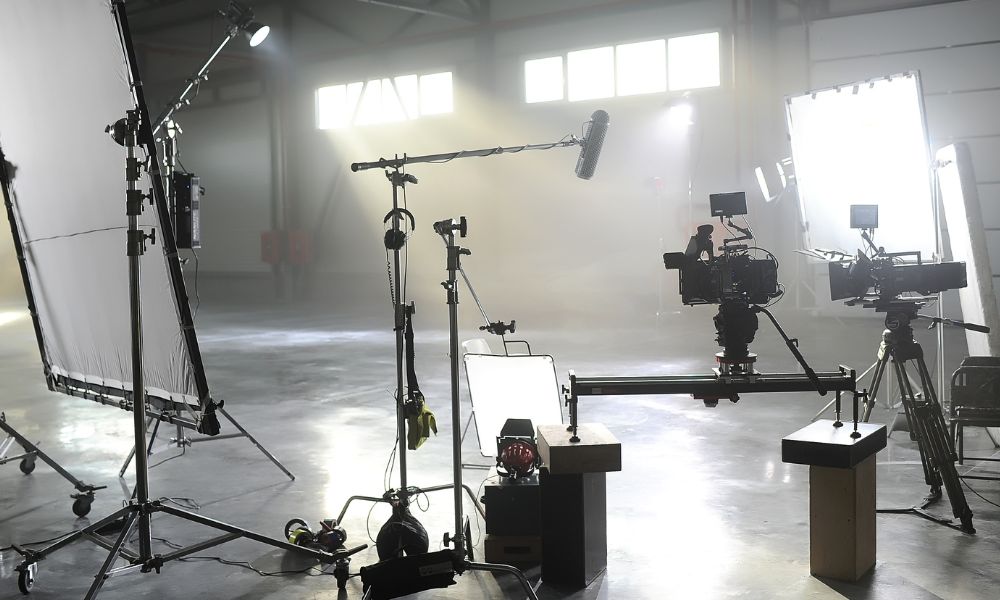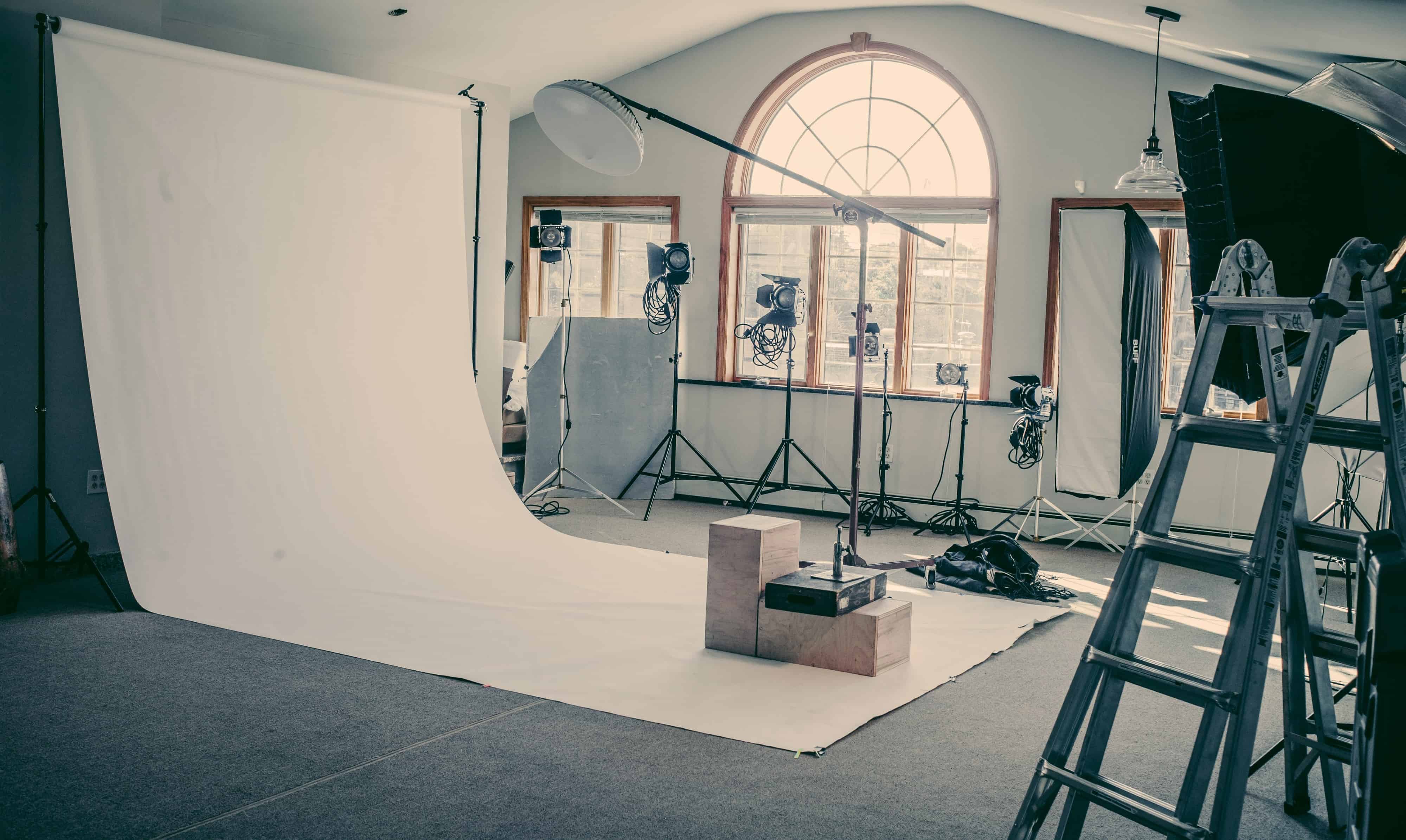How to Make Your Own Lighting for Photography: Tips and Tricks
When it comes to professional photography, lighting is often the unsung hero. Understanding how to make your own lighting for photography can empower any photographer to create stunning images without the hefty price tag of studio equipment. Mastering your light sources opens up new opportunities for creativity, allowing you to take complete control over your photo shoots.
In this article, we will delve into various methods to DIY your own photography lighting setups, explore the importance of natural light vs artificial light sources, and discuss key considerations for achieving the perfect light in your shots.

The Importance of Lighting in Photography
Lighting fundamentally alters the mood, tone, and quality of your photographs. Without it, photos can appear flat and lifeless. According to DPS, good lighting can enhance your composition, making your images come alive. The first step in creating your custom lighting setup is to understand the types of lighting available and their effects.

Types of Lighting You Can Use
When considering how to make your own lighting for photography, you'll discover various types of lighting you can work with:
- Natural Light: Utilize sunlight for beautiful, soft images.
- Artificial Light: Use flashes, LED lights, or studio lights for a controlled environment.
- Continuous Light: Ideal for video and portraiture, allowing you to see how light changes affect your subject.
To get the best out of your setups, consider reading types of lighting to familiarize yourself with their characteristics.

DIY Lighting Solutions
1. Using Reflectors
Reflectors are one of the simplest and most effective DIY lighting tools you can make. An inexpensive way to redirect natural light or additional light sources, they can add fill light to your subject and reduce shadows.
You can create a reflector using:
- Foam board: Easily found at craft stores, foam boards provide an excellent flat surface to bounce light.
- Aluminum foil: One of the cheapest tricks, it reflects light very effectively. Simply glue it onto a foam board.
- White or silver umbrella: These can also help spread and soften the light.
2. Fabric Diffusers
A fabric diffuser softens harsh light coming from your source. You can create one using:
- White bedsheets: Stretching a white sheet in front of your light source can create a pleasant soft effect.
- Specialty diffusion fabric: For an even more professional finish, consider purchasing diffusion material from photography accessory stores.
3. Homemade Softboxes
Creating your own softbox can provide a great way to diffuse light evenly across your subject. A basic softbox can be made using:
- A cardboard box: Cut out one side and tape a white sheet of fabric over the opening.
- Hot glue or tape: Ensure all edges are secured to prevent light from escaping.
For a more in-depth guide on softboxes, refer to this guide.

Positioning Your Lights
Knowing where to place your lights can completely alter your shoot. Experiment with different angles and distances to find what works best for different types of photography. Pay attention to how lighting affects the overall composition and mood.
As a basic rule, avoid placing your light directly above or in front of your subject. Instead, angle them slightly from the side to create depth and dimension. You can learn more about the nuances of positioning lights in this article.
Natural Light Techniques
Natural light photography tends to yield stunning results, especially during the golden hour. This is the time shortly after sunrise and before sunset when the light is softer.
Consider using locations that have open areas, and be sure to look for natural reflectors like light-colored walls or even the ground. To get a better grasp of diffused lighting, refer to this article on diffused lighting.
Experimenting with Color
Don't forget about colored gels to add intrigue and uniqueness to your photographs. A simple DIY solution involves using colored transparency sheets or even colored plastic to bring a whole new palette to your work.
Safety First
Always keep safety in mind while creating lighting fixtures. Ensure wires are secured and that you are using bulbs that are not prone to overheating or breaking.
Conclusion
Creating your own lighting for photography not only saves you money but also allows an immense amount of creativity. Experimenting with various techniques, tools, and setups empowers you to take control of how you illuminate your images. Never underestimate the beauty of light; it can transform your work into something truly spectacular.
Frequently Asked Questions
1. What materials do I need to create a DIY softbox?
Youll need a cardboard box, white fabric, and tape or hot glue to secure everything.
2. How can I control natural light when shooting outdoors?
Use reflectors to bounce light and fabric diffusers to soften harsh sunlight.
3. Is it possible to achieve professional lighting with a low budget?
Absolutely! With some ingenuity and common materials, you can create effective and professional lighting setups.
As an Amazon Associate, I earn from qualifying purchases.

